- Description
-
Details
The integration of smart classroom solutions with K-12 (Kindergarten to Grade 12) content has become a pivotal milestone in the evolution of education. These innovative technologies offer a holistic approach to teaching and learning by combining state-of-the-art hardware and software with tailored educational content. In this article, we will delve into the concept of smart classroom solutions with K-12 content, exploring how they are reshaping education and providing educators with powerful tools to engage, inspire, and educate the next generation.
Understanding Smart Classroom Solutions with K-12 Content
Smart classroom solutions with K-12 content represent a synergy between advanced technological infrastructure and curriculum-aligned educational materials designed specifically for students in the K-12 age group. These solutions encompass various components, including interactive whiteboards, educational software, digital textbooks, and multimedia resources, all aimed at creating an immersive and engaging learning environment.
Key Components of Smart Classroom Solutions with K-12 Content
-
Interactive Whiteboards: Interactive whiteboards are at the heart of smart classroom solutions. They replace traditional chalkboards or whiteboards with touch-sensitive displays that allow educators to write, draw, and interact with digital content. These boards are often paired with projectors, creating dynamic and visually engaging lessons.
-
Educational Software: Specialized educational software is an integral part of smart classrooms. These applications offer a wide range of features, including lesson planning, content delivery, assessment tools, and student tracking. Some software even includes adaptive learning capabilities to personalize instruction.
-
Digital Content: K-12 content is available in digital formats, including e-books, interactive simulations, videos, and online quizzes. These resources align with curriculum standards and offer a more dynamic and engaging way for students to access educational materials.
-
Multimedia Resources: Smart classrooms often include access to multimedia resources such as educational videos, animations, and interactive multimedia presentations. These resources cater to diverse learning styles and make complex topics more accessible.
-
Assessment and Feedback Tools: Smart classroom solutions include tools for educators to create and grade assignments, quizzes, and tests digitally. They also offer instant feedback to students, facilitating a continuous learning process.
-
Remote Learning Capabilities: In recent years, the ability to facilitate remote learning has become increasingly important. Smart classrooms can easily transition to remote teaching and learning environments, ensuring continuity in education during unforeseen circumstances.
Benefits of Smart Classroom Solutions with K-12 Content
-
Engagement and Interactivity: Smart classroom solutions captivate students' attention by making learning interactive and fun. Interactive whiteboards, multimedia resources, and gamification elements keep students engaged and motivated to learn.
-
Curriculum Alignment: K-12 content in smart classrooms is carefully aligned with curriculum standards, ensuring that educators cover essential topics and learning objectives. This alignment helps students stay on track and excel academically.
-
Personalized Learning: Educational software in smart classrooms often includes adaptive learning features that cater to individual student needs. These tools adjust the difficulty level and pace of lessons to match each student's capabilities, fostering a personalized learning experience.
-
Enhanced Visual Learning: Multimedia resources, such as educational videos and interactive simulations, enhance visual learning. Visual aids help students grasp complex concepts and retain information more effectively.
-
Immediate Feedback: Smart classrooms offer instant feedback on assignments and assessments. This immediate feedback helps students identify areas for improvement and adjust their learning strategies accordingly.
-
Resource Accessibility: Digital content and resources are easily accessible to students, reducing the need for physical textbooks and printed materials. This accessibility benefits both students and educators, promoting resource sharing and collaboration.
-
Remote Learning Flexibility: The ability to seamlessly transition between in-person and remote learning is invaluable, especially during unexpected disruptions like the COVID-19 pandemic. Smart classrooms provide educators with the tools to deliver lessons regardless of physical location.
-
Data-Driven Insights: Smart classroom solutions collect and analyze data on student performance. Educators can use these insights to track progress, identify struggling students, and adjust teaching strategies to meet individual needs.
Challenges and Considerations
While smart classroom solutions with K-12 content offer numerous advantages, there are also challenges and considerations to address:
-
Cost: Implementing smart classroom solutions can be costly, requiring investments in hardware, software licenses, professional development, and ongoing maintenance.
-
Technical Training: Educators need training to effectively use smart classroom technologies and educational software. Proficiency in these tools ensures educators can leverage them to their full potential.
-
Digital Divide: Ensuring equitable access to technology and digital resources is a significant concern. Not all students have equal access to personal devices or reliable internet connectivity.
-
Data Privacy and Security: Protecting student data and ensuring the security of online learning environments are paramount concerns. Schools must implement robust cybersecurity measures and adhere to privacy regulations.
-
Balancing Technology: Finding the right balance between technology and traditional teaching methods is essential. Technology should enhance, not replace, effective teaching practices.
Conclusion
Smart classroom solutions with K-12 content represent a transformative shift in the field of education. These innovative environments provide educators with powerful tools to engage students, align teaching with curriculum standards, and foster personalized learning experiences. While challenges like cost, technical training, and the digital divide must be addressed, the benefits of these solutions are substantial. They promote engagement, accessibility, interactivity, and resource accessibility while preparing students for success in a rapidly evolving world.
As technology continues to advance and educational institutions refine their strategies, smart classroom solutions with K-12 content are poised to play a pivotal role in shaping the future of education. These environments empower educators to create immersive and effective learning experiences that prepare students for the challenges and opportunities of tomorrow. Smart classrooms represent not just an upgrade in technology but a fundamental shift in the way education is delivered and experienced, ensuring that learners receive the quality education they need to succeed.
Smart Classroom Images
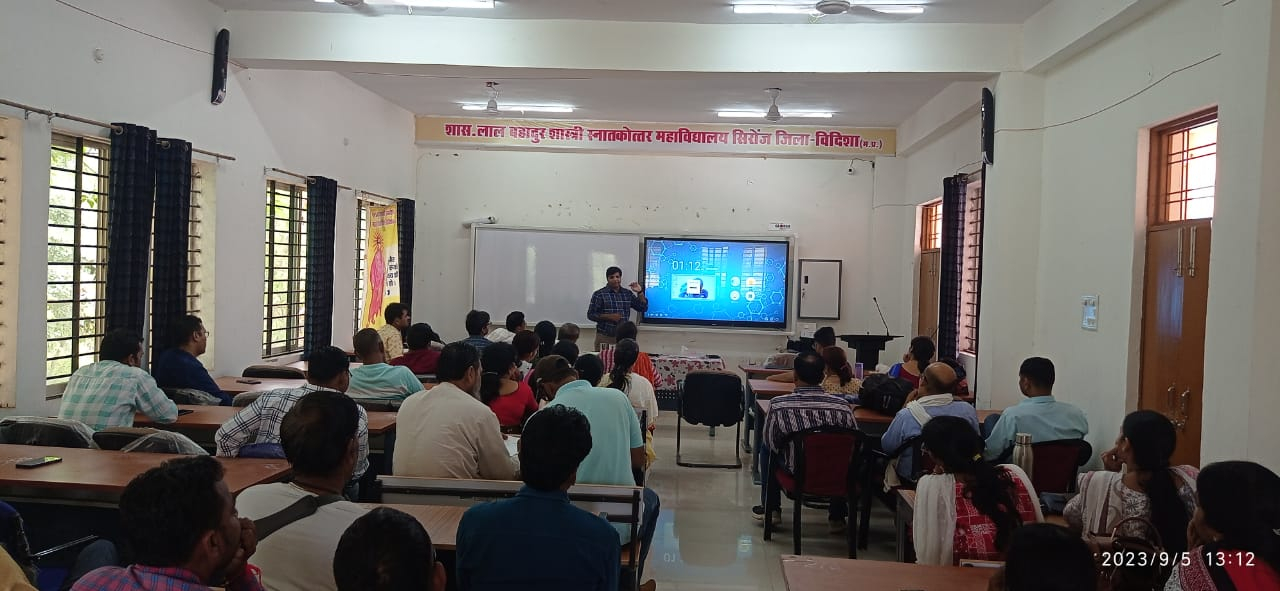
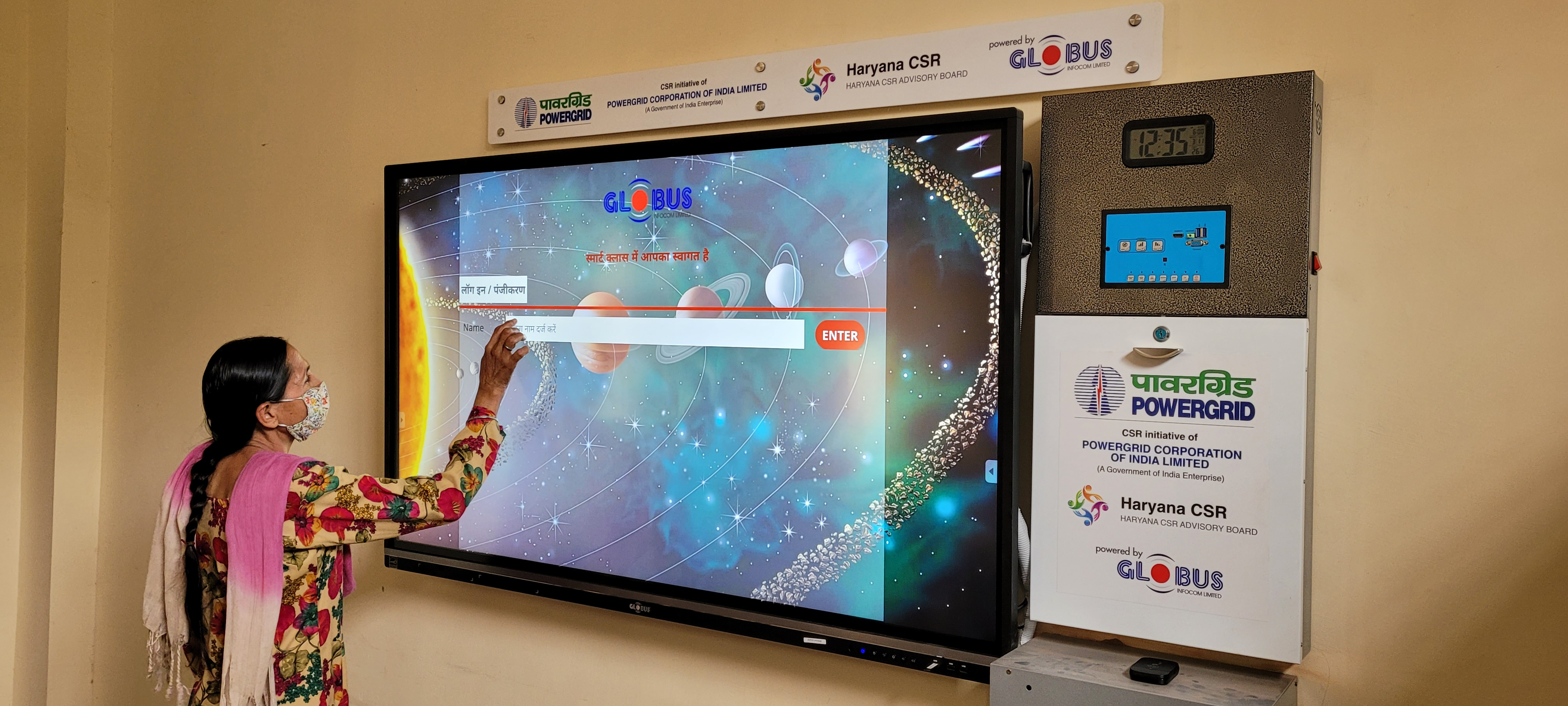
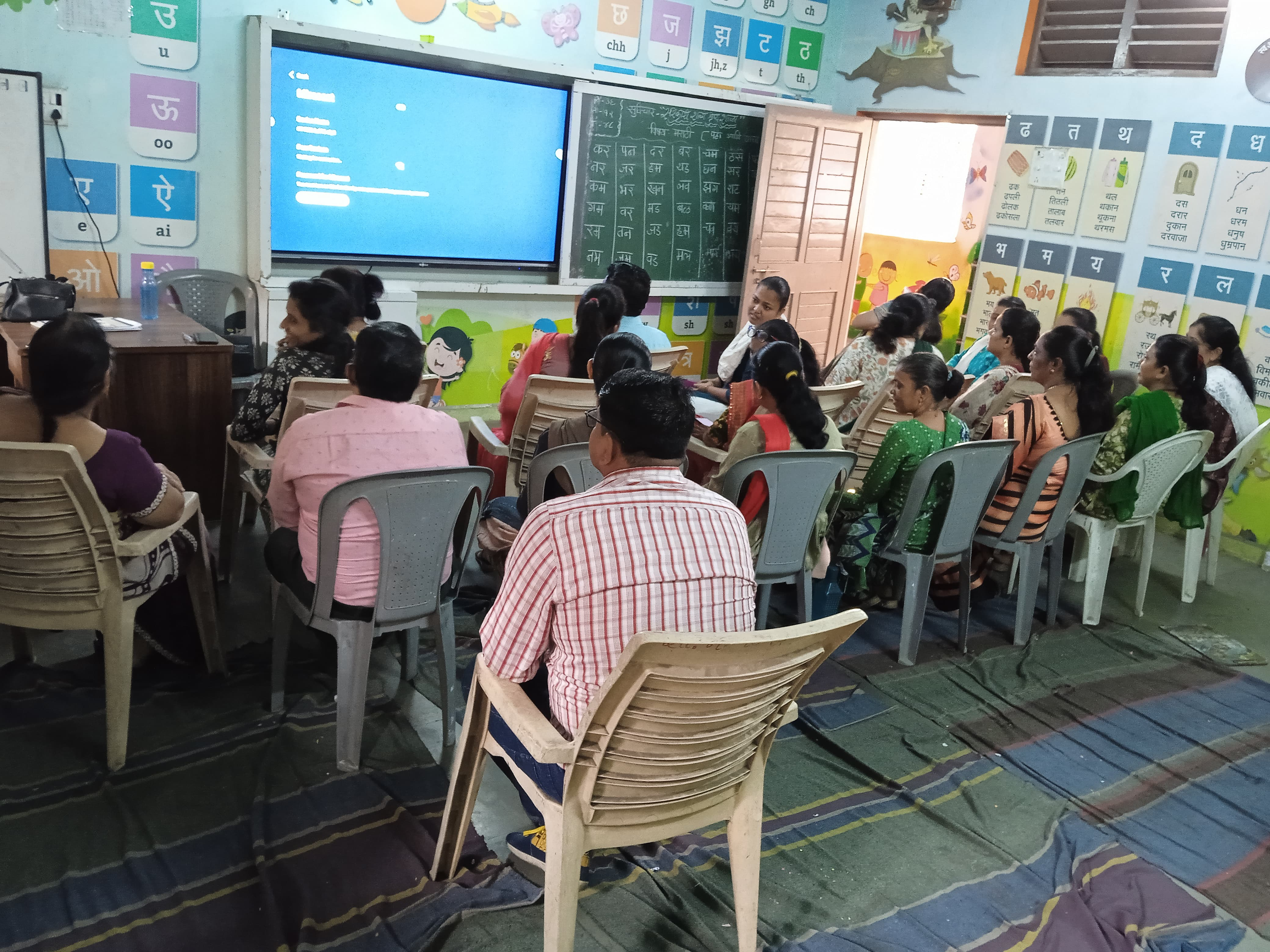
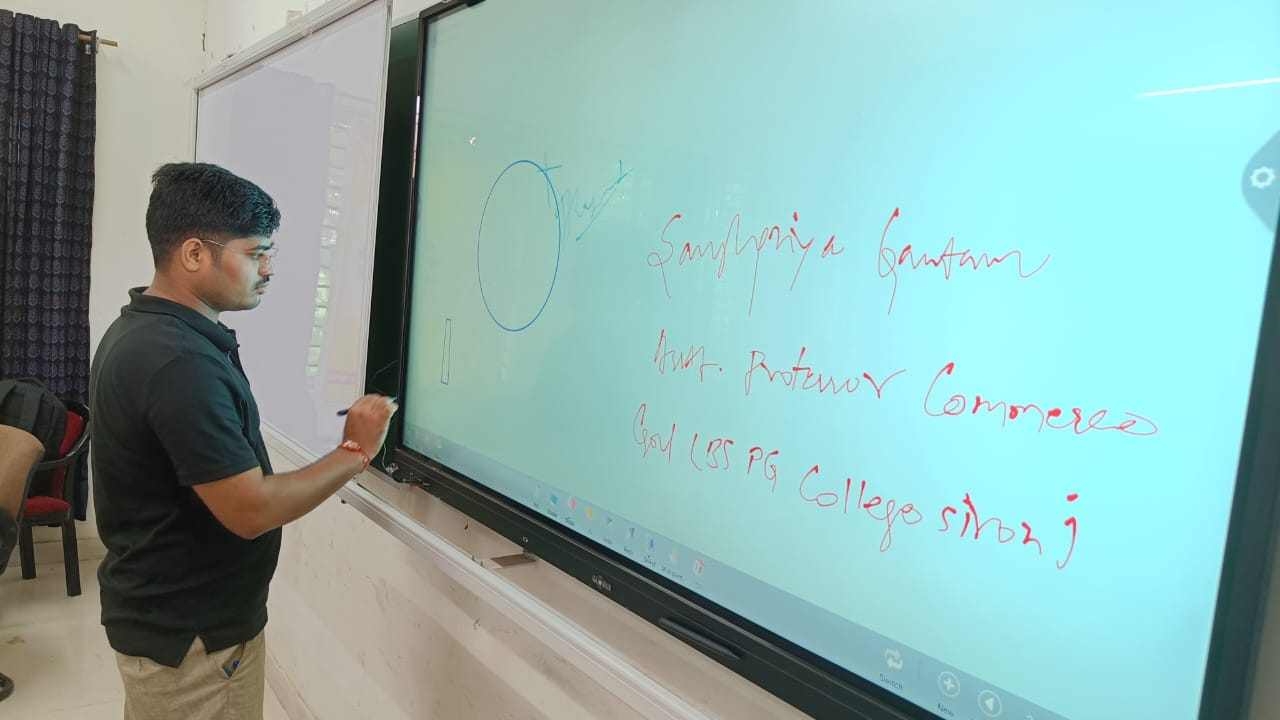
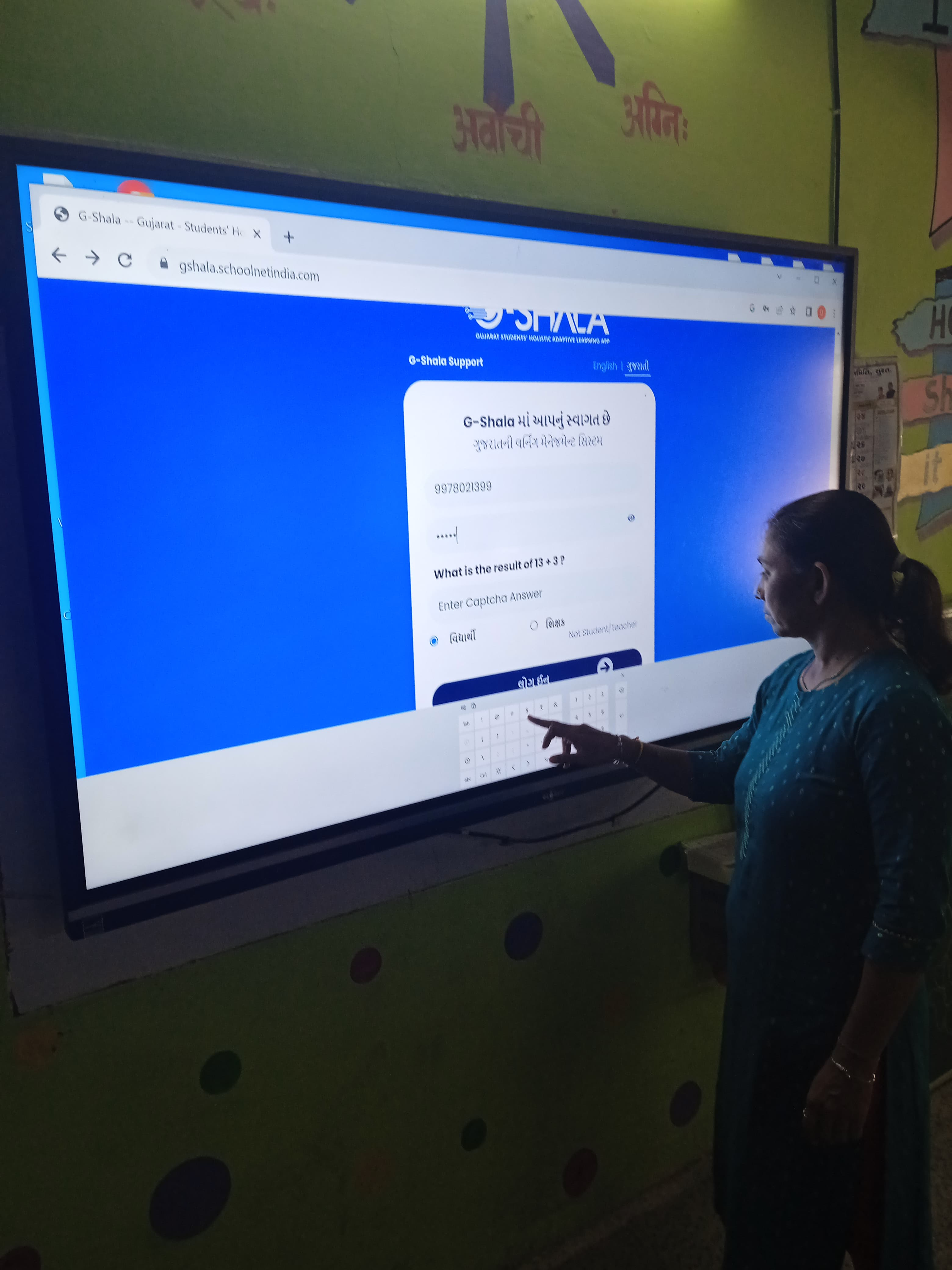
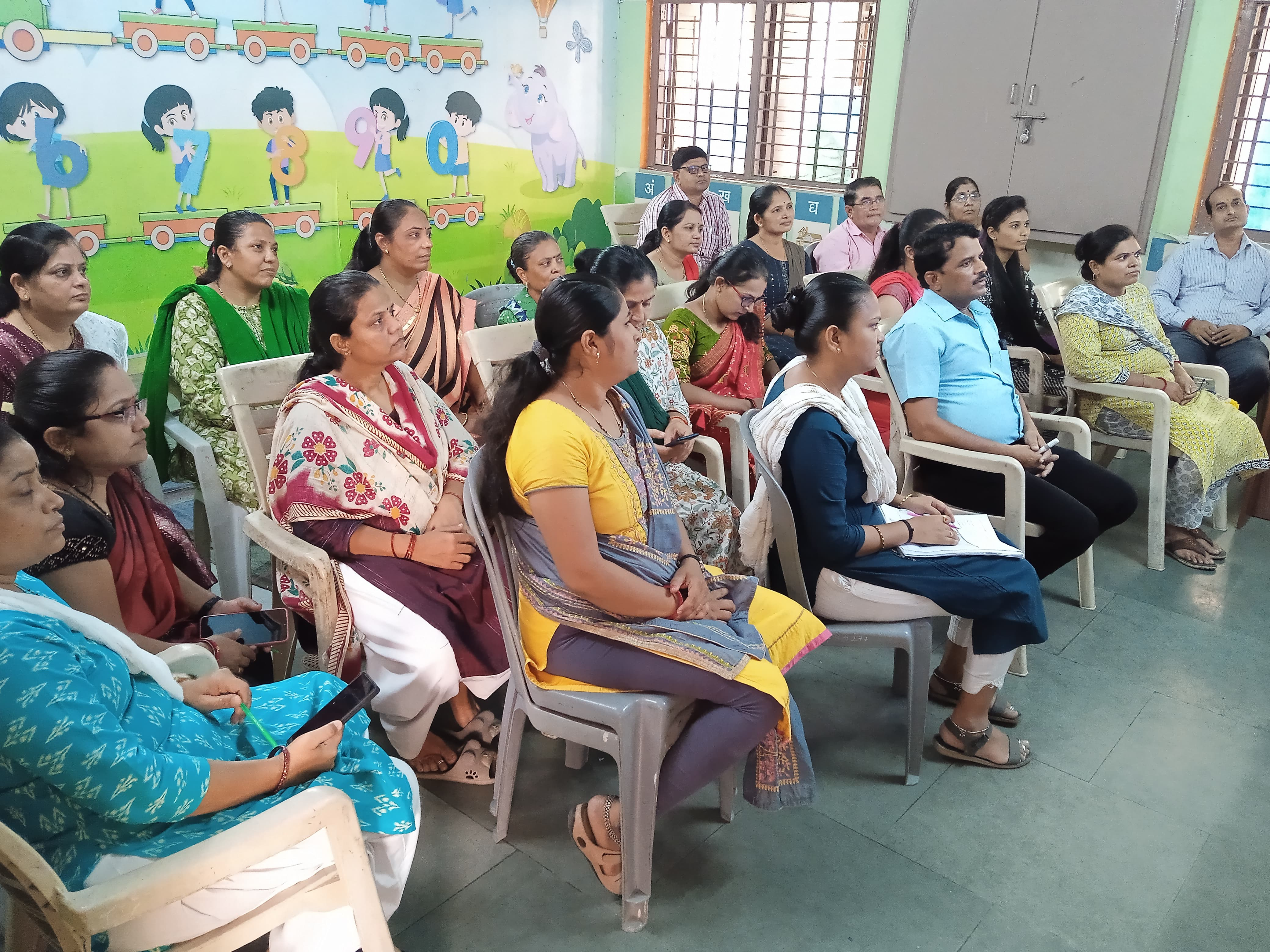
-
- Reviews
-
Default welcome msg!

